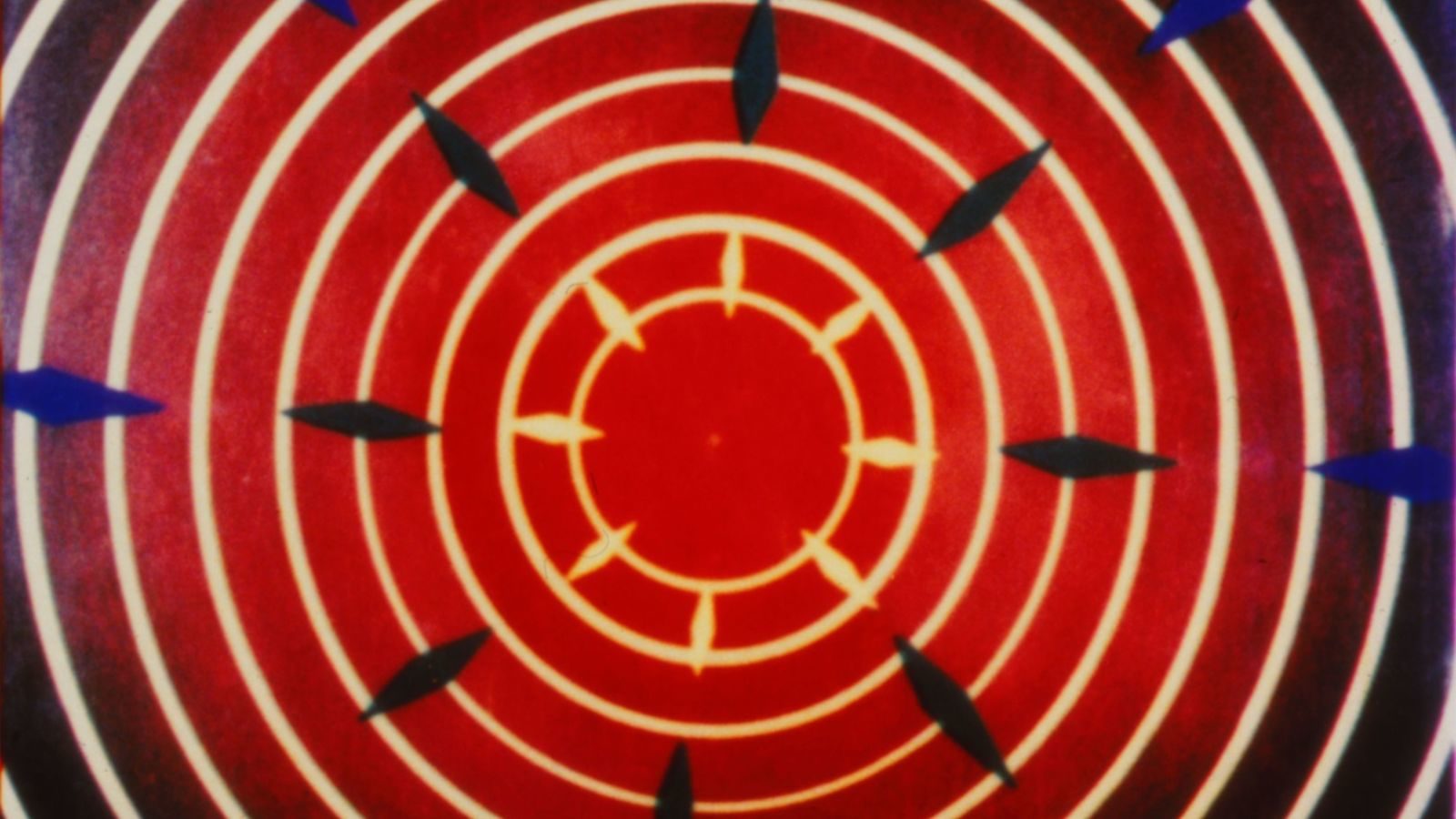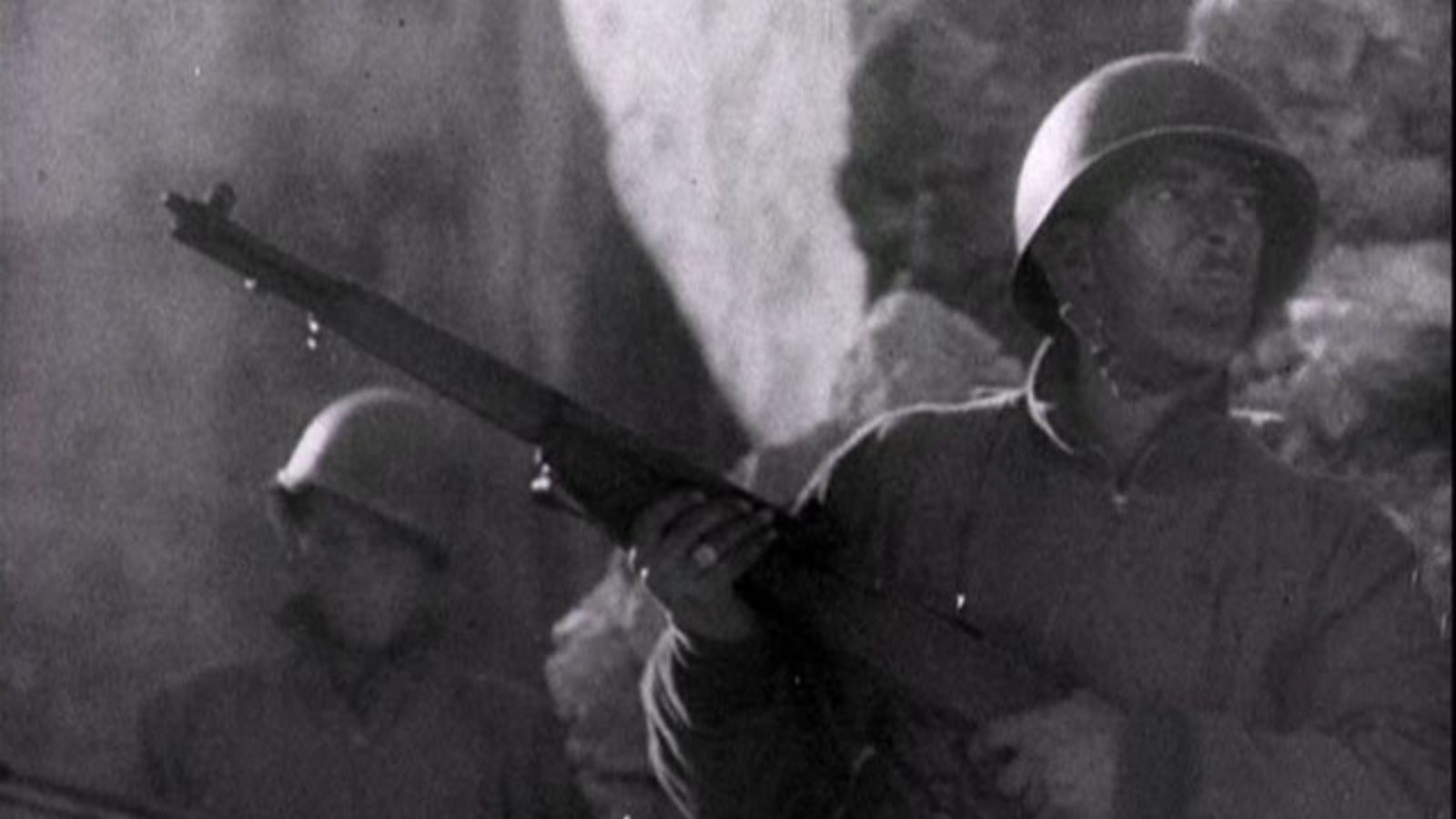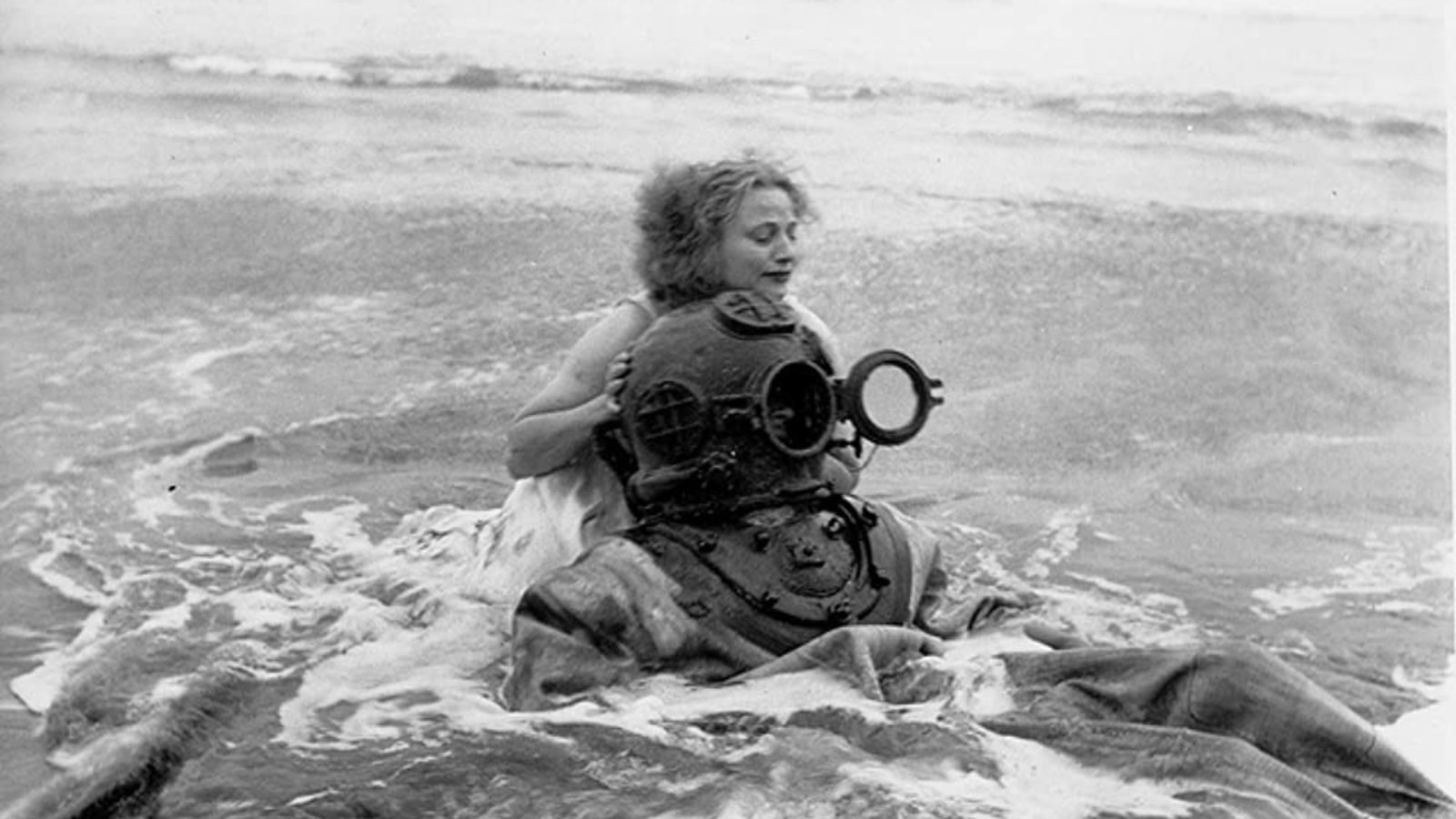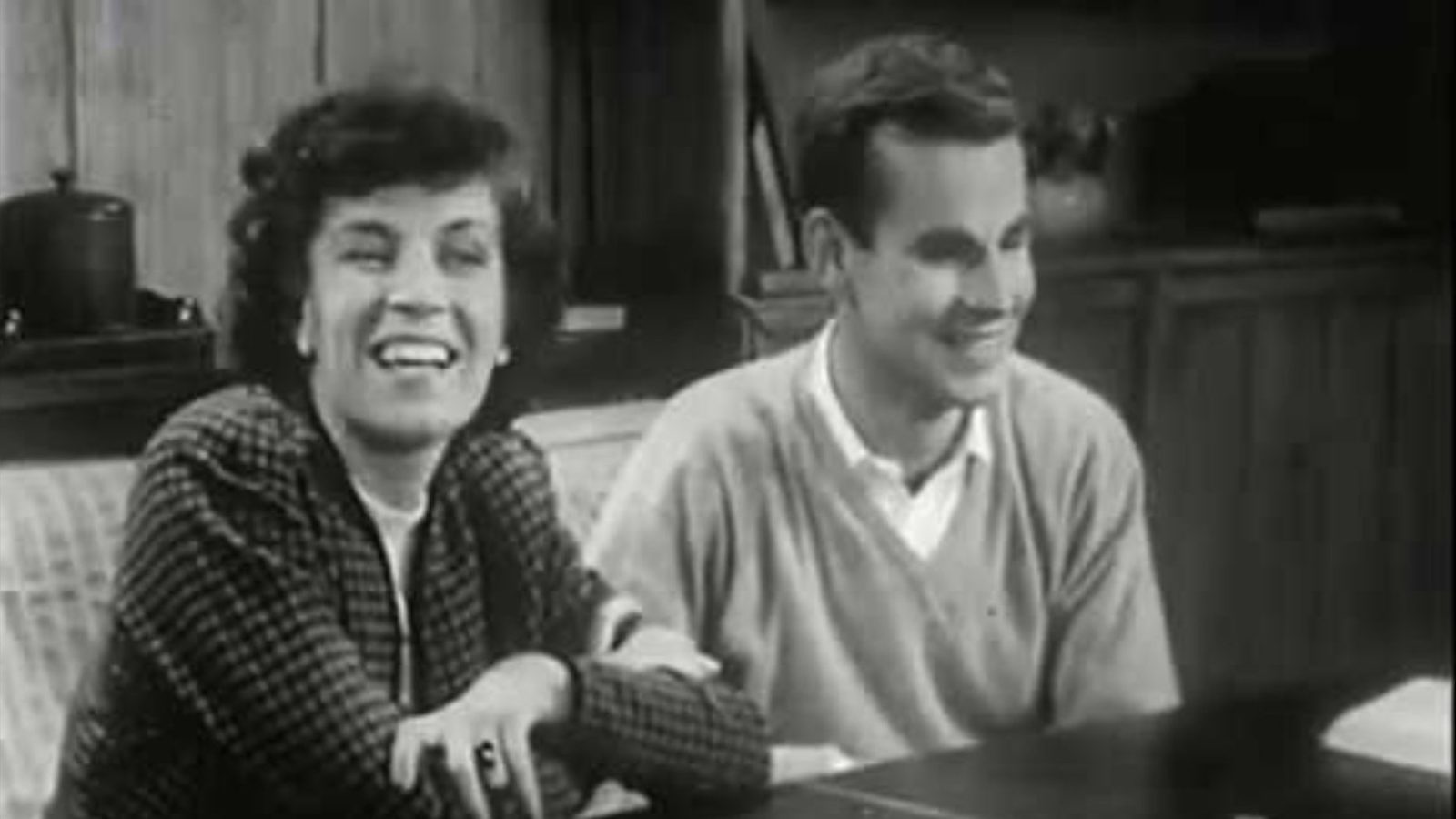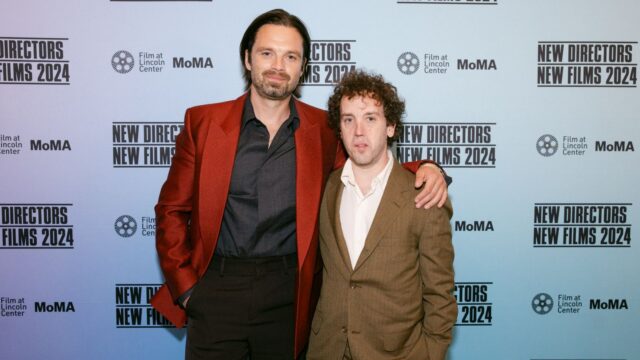Amos Vogel Program 1: Cinema 16
At a time when moviegoing in New York was dominated by Hollywood offerings, Amos Vogel, a young Austrian émigré, and his wife Marcia saw the need for a new kind of venue. In the fall of 1947, they founded Cinema 16, inspired by European film societies as well as the daily screenings at the Museum of Modern Art, the shows Maya Deren organized of her own work at the Provincetown Playhouse in Greenwich Village, and Frank Stauffacher’s Art in Cinema series in San Francisco. The organization, named after the gauge of the independent filmmaker, would become the most important film society of its era. Unlike a typical movie theater, Cinema 16 was based on a subscription model, with members paying a fee for a season of programs—an approach that allowed for financial stability, and a means by which to thwart the local censorship board. By the 1950s, 7,000 adventurous cinephiles had joined.
It was through Vogel that many of the period’s most vital auteurs were introduced to New York audiences. As historian Scott MacDonald has noted, Cinema 16 “was one of the first, if not the first, American exhibitor to present the work of Robert Breer, John Cassavetes, Shirley Clarke, Bruce Conner, Joseph Cornell, Brian DePalma, Georges Franju, Robert Gardner, John Hubley, Alexander Kluge, Jan Lenica, Richard Lester, Norman McLaren, Jonas Mekas, Nagisa Oshima, Yasujiro Ozu, Sidney Peterson, Roman Polanski, Alain Resnais, Tony Richardson, Jacques Rivette, Lionel Rogosin, Carlos Saura, Arne Sucksdorff, François Truffaut, Stan Vanderbeek, Melvin Van Peebles, Agnes Varda, and Peter Weiss.”
The significance of Cinema 16, however, lies not simply in what was shown, but how. Vogel would routinely bring together strikingly different works—pairing, for instance, an abstract animation with a science film, allowing both to be understood, contrapuntally, in a new light. For this screening, we’ve recreated the May 1950 program, with Vogel’s original notes.
The Amos Vogel Centenary Retrospective is sponsored by:
![]()
The Lead Shoes
Sidney Peterson, 1949, USA, 16mm, 18m
A surrealist exploration of two ballads, “Edward” and “The Three Ravens,” scrambled in jam session style and interwoven with a boogie-woogie score. Produced by Workshop 20 at California Institute of Fine Arts.
Unconscious Motivation
Lester F. Beck, USA, 1949, 16mm, 40m
Produced by Dr. Lester F. Beck of the University of Oregon, this astonishing 40-minute motion picture is an unrehearsed, authentic clinical record, showing the inducement of an artificial neurosis by hypnotic suggestion in a young man and a young woman. Upon reawakening, the subjects, by means of dream analysis, ink blot and word association tests, gradually realize first the existence of a traumatic experience and then its content by slowly reconstructing the bogus events which caused it. Their reactions, discussion and self-analysis were spontaneous, unrehearsed and unpredictable: the result is a most unusual motion picture. Print courtesy of Indiana University Libraries Moving Image Archive.
The Battle of San Pietro
John Huston, USA, 1945, 35mm, 38m
A master of the cinema, John Huston (Treasure of the Sierra Madre) portrays the horror of battle and the cruelty of its aftermath in unforgettable images that make this one of the great anti-war films of all time. Print preserved by the Academy Film Archive.
The Work of Oskar Fischinger
Study No. 11, Germany, 1932, 16mm, 4m
Allegretto, USA, 1936-43, 35mm, 2.5m
Motion Painting No. 1, USA, 1947, 35mm, 11m
The father of the “absolute film” and internationally famous film experimentalist is here represented by three films: Absolute Film Study No. 11 is an abstraction set to Mozart’s “Divertissement;” Allegretto, a non-objective color film accompanied by jazz; Motion Painting No. 1—hand-painted in oil on glass—won the Grand Prix 1949 at the International Experimental Film Festival in Belgium. [NB: “Absolute Film” was not part of Fischinger’s title for this film, and its accompaniment is Mozart’s “Eine Kleine Nachtmusik,” not “Divertissement.”] All Fischinger prints courtesy of Center for Visual Music, Allegretto preserved by CVM.


